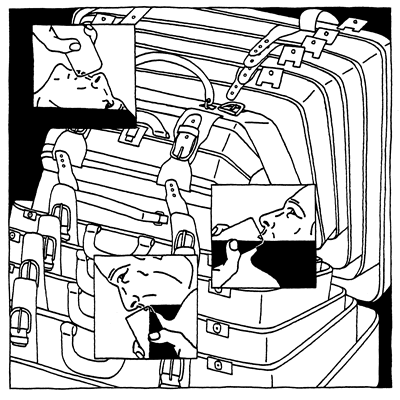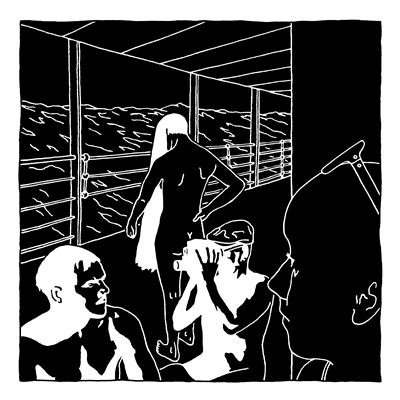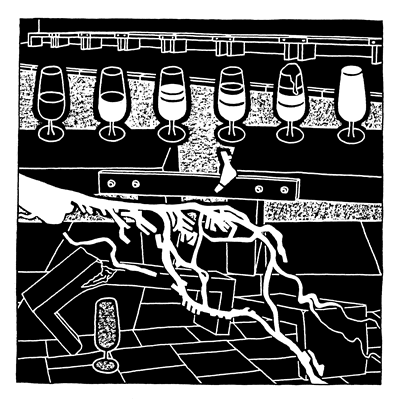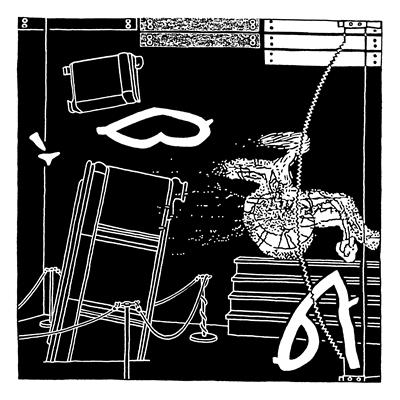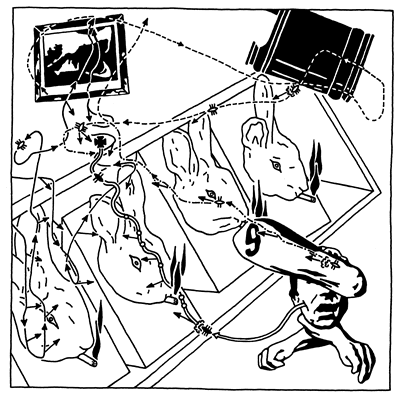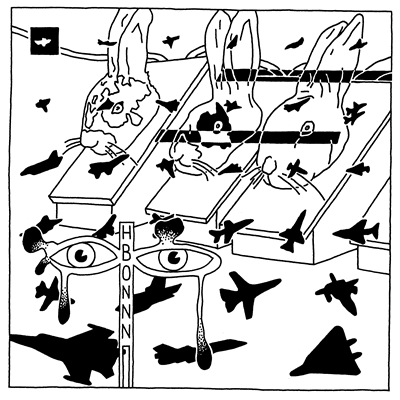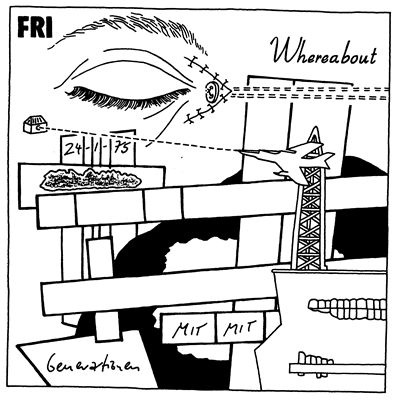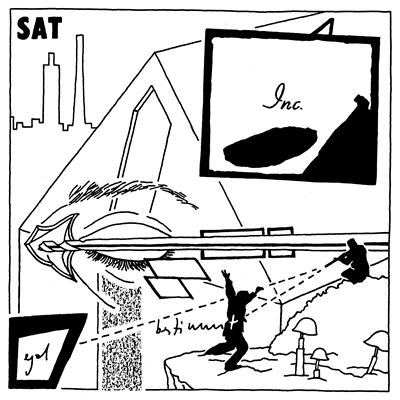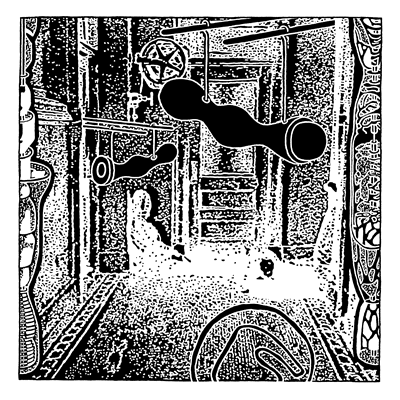Drawing (51) from THE BASIS OF MAKE-UP
"Hamburg, 1976. Getting totally plastered, three stages of drunkenness: sipping, slurping, binge drinking like there's no tomorrow. Excessive levelling of one's own and another's body fluids. The inner horizon, the ninety-degree power relation between horizon and gravity, turned inward and directed outward. Leading a spiritual existence as short comic at the place The United States of Aggregation. To be transported: the site-specificity of thoughts and, as their result, the possibility of their uprooting appeared to me as the essence of a trip. The thoughts surfaced at the same speed they were spit and jetted out, like wandering clouds. I cannot pack, but about that, too, I cared increasingly less. Instead of packing I kept buying new suitcases in all different sizes. Hopelessly sobered I stored the suitcases in each other like Matryoshka dolls and departed. At every border, suffering from strong feelings of loss, I left a suitcase at customs." (From: The Travel Almanac Nr. 4, 2012).
(1976)


